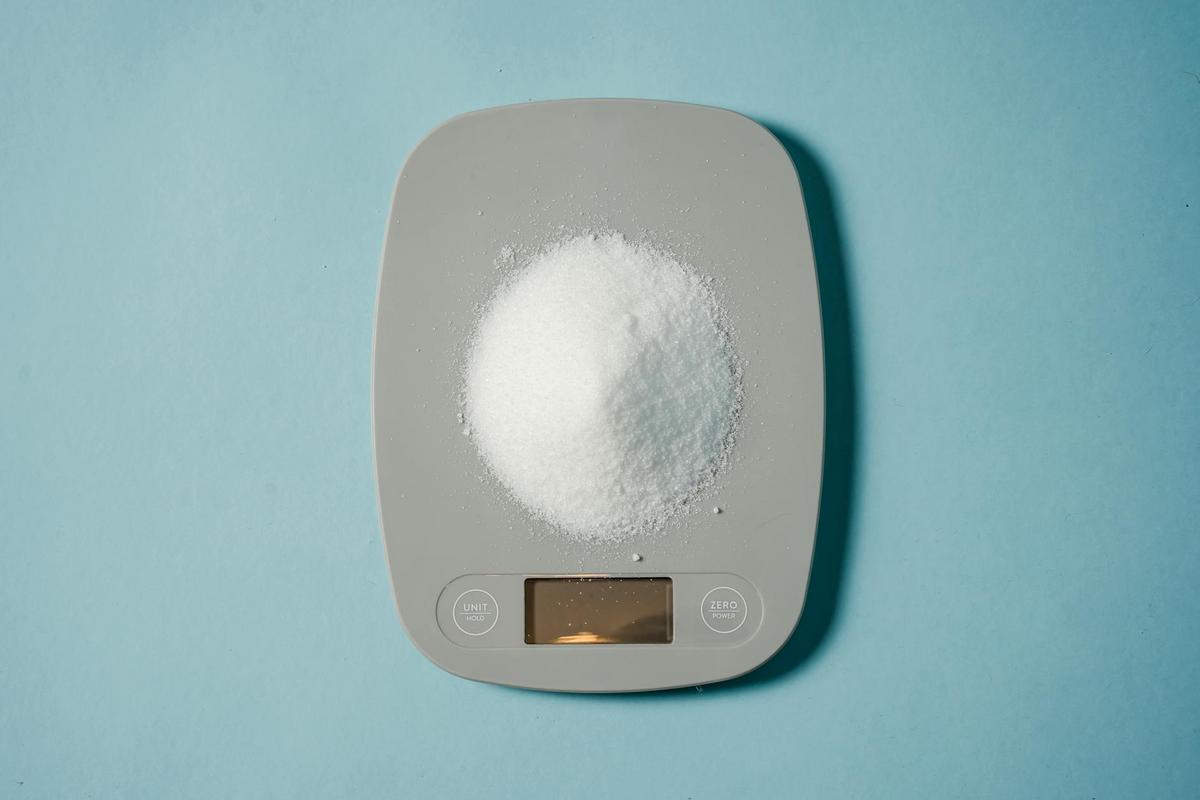
Sous Vide Cooking: Is It for You?
Imagine transforming your kitchen into a space where precision meets convenience, and flavors reach new heights. That’s the promise of sous vide cooking, a technique that’s captivating home cooks and professional chefs alike.
Understanding Sous Vide Cooking
Sous vide, a term that means ‘under vacuum’ in French, is a method of cooking where food is sealed in airtight bags and submerged in a water bath at a controlled, low temperature. This technique has been praised for its ability to enhance flavors and ensure consistent, perfectly cooked results.
Why Choose Sous Vide?
Renowned chefs often highlight sous vide for its precision and reliability. According to Thomas Keller, a well-known culinary expert, sous vide allows cooks to achieve textures and flavor combinations that are otherwise difficult to replicate. The slow, even cooking process ensures that meats remain tender and juicy—a benefit that home cooks find particularly appealing.
Statistics and Research
Research indicates that sous vide cooking can reduce nutrient loss compared to traditional high-heat methods. A study published in the Journal of Food Science found that sous vide retains more vitamins and minerals, offering a healthier alternative for those focused on nutrition.
Personal Experience
Consider the experience of a home cook who decided to experiment with sous vide for the first time. After investing in a sous vide precision cooker, they found themselves making perfectly cooked steaks that rivaled those of upscale restaurants, impressing family and friends during dinner gatherings.
Getting Started with Sous Vide
- Invest in Quality Equipment: A reliable sous vide precision cooker and vacuum sealer are essential.
- Choose the Right Bags: Opt for BPA-free, food-grade bags to ensure safety and quality.
- Set the Right Temperature: Follow recommended temperature guides for different types of meats and vegetables.
- Utilize Seasonings: Sous vide cooking locks in flavors, so experiment with herbs and spices.
To save time, prepare and vacuum seal meals in advance, storing them in the fridge or freezer until you’re ready to cook.
Comparison of Sous Vide and Traditional Cooking
| Aspect | Sous Vide | Traditional Cooking |
|---|---|---|
| Temperature Control | Precise | Varies |
| Flavor Retention | High | Moderate |
| Texture | Consistent | Variable |
| Nutrient Retention | High | Lower |
| Cooking Time | Longer | Shorter |
| Ease of Use | Requires Equipment | Basic Kitchen Tools |
| Versatility | High | Moderate |
| Initial Cost | Higher | Lower |
Frequently Asked Questions
Is sous vide cooking safe?
Yes, when done correctly. It’s important to follow recommended temperatures and times to ensure food safety.
Do I need special equipment to start sous vide cooking?
A precision cooker and vacuum sealer are essential to achieve the best results.
Can I cook vegetables with sous vide?
Absolutely! Sous vide is excellent for vegetables, preserving their nutrients and flavor.
Conclusion
Whether you’re a culinary novice or a seasoned cook, sous vide offers a unique way to elevate your cooking. By embracing this method, you can enjoy dishes with enhanced flavors and textures. If you’re curious about how to bring restaurant-quality meals to your home kitchen, sous vide might just be the technique for you.